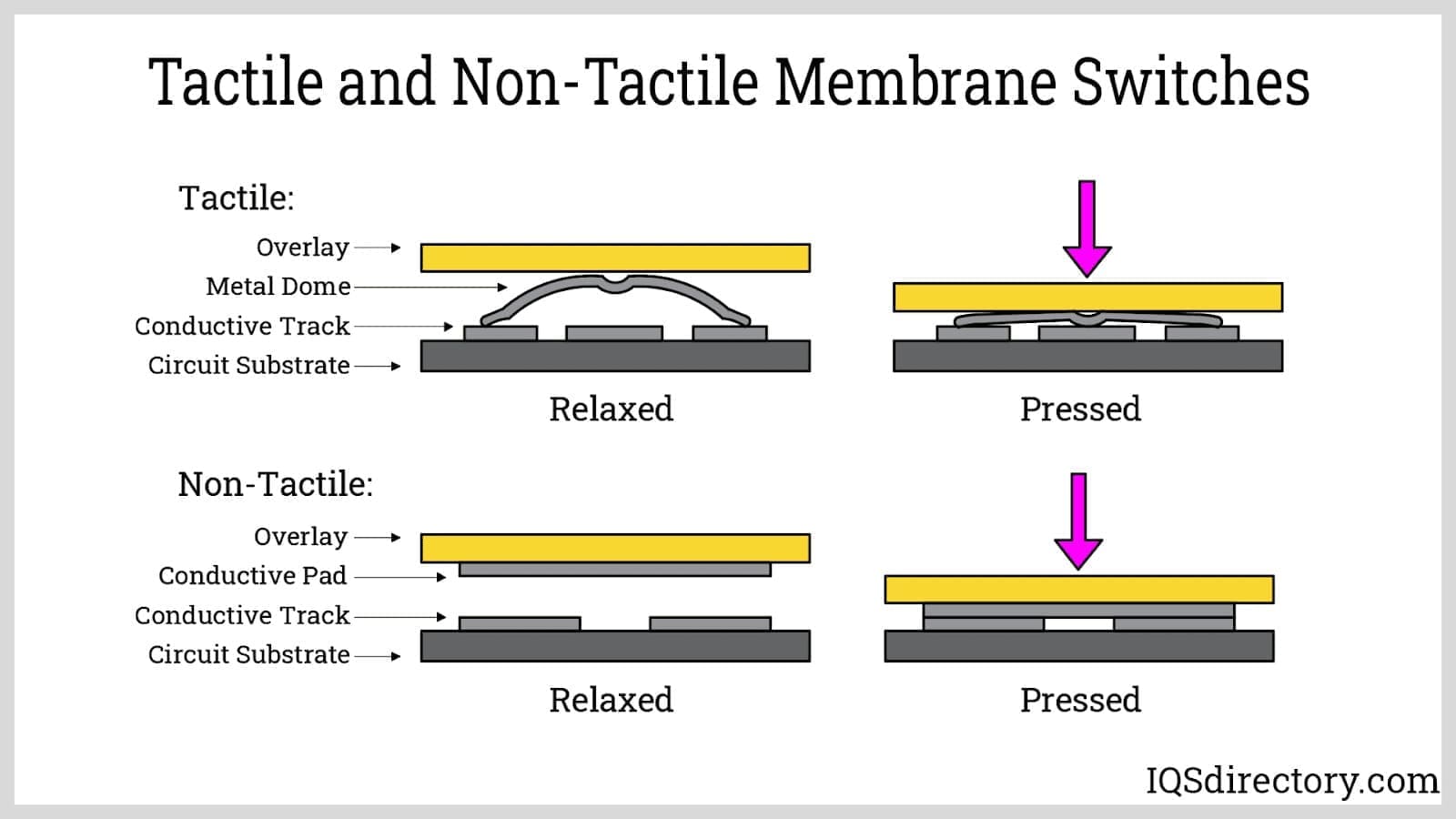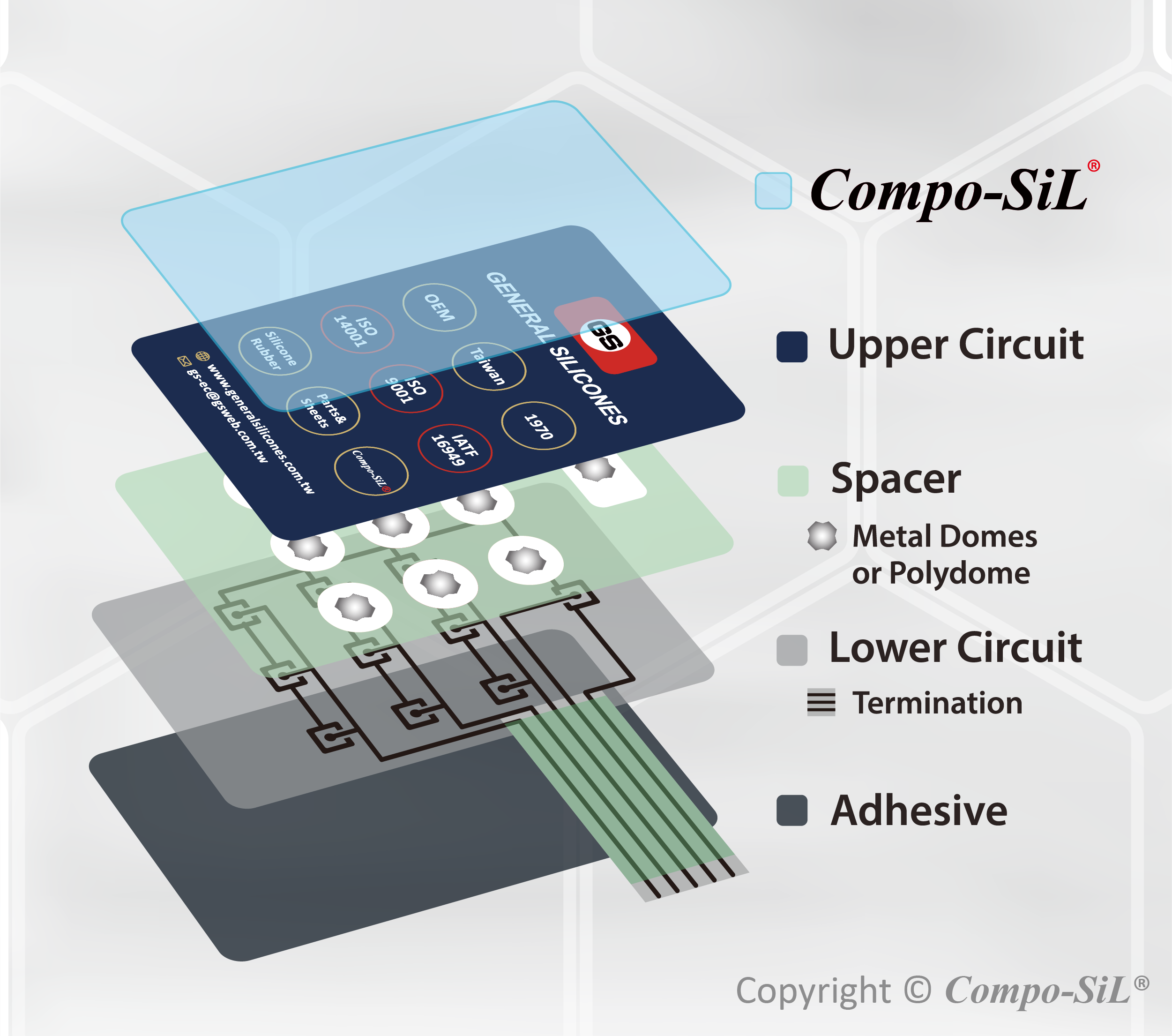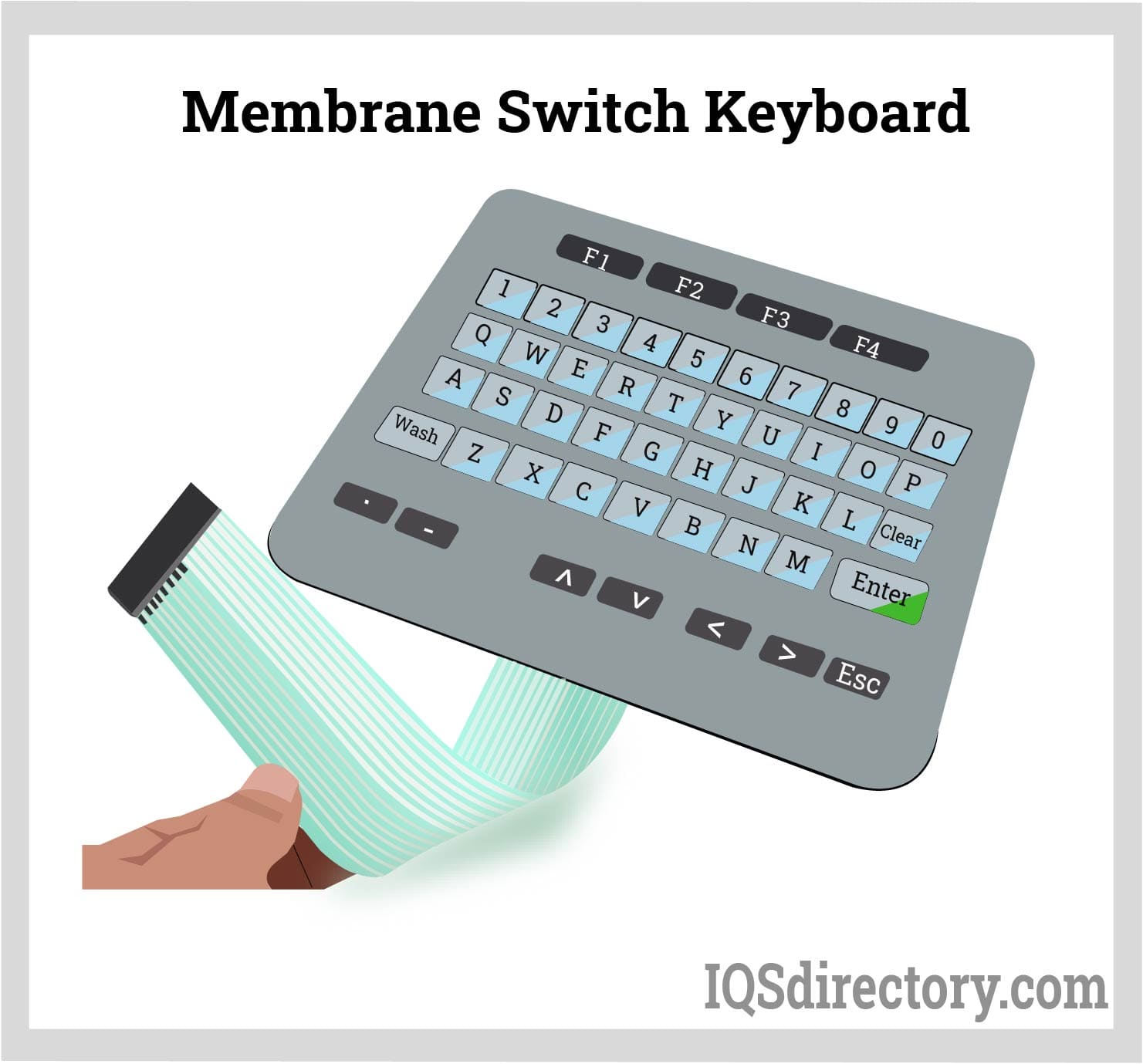The Manufacturing Refine Behind Membrane Change: What You Required to Know
The production process behind membrane layer changes combines mindful design, product choice, and high quality control. It starts with comprehending the intricacies of membrane layer switch style and advances with various stages, consisting of product options and printing strategies. Each stage plays an essential duty in making certain functionality and durability. Nonetheless, the intricacies of layer construction and the extensive screening criteria might reveal understandings that are not immediately apparent. What lies past these foundational components?
Recognizing Membrane Layer Switch Layout
Although membrane layer buttons might show up basic at first look, their layout includes intricate factors to consider that guarantee performance and durability. The layout procedure begins with a detailed understanding of customer demands, including the user interface's desired application and environmental factors. Ergonomics is a crucial component, as the layout has to promote convenience of use while guaranteeing that tactile comments satisfies user expectations.Moreover, the layering of components, such as visuals overlays, glue layers, and conductive traces, must be specifically engineered. membrane switch. This layered configuration not only affects the button's responsiveness yet additionally influences its durability. Attention is provided to the sealing methods utilized to shield against wetness and dust, which can compromise performance. Furthermore, style considerations encompass visual appeals, where color pattern and visual quality boost individual experience. Ultimately, the style of membrane layer switches over balances performance, user experience, and durability, making sure that they meet the needs of various applications efficiently
Materials Used in Membrane Layer Change Production
When choosing products for membrane button manufacturing, it is important to ponder both performance and sturdiness. The key materials consist of polyester and polycarbonate films, which offer flexibility and stamina. These movies are frequently covered with adhesive to guarantee appropriate bonding to substrates. Conductive inks, commonly made up of silver or carbon, are crucial for producing electrical connections within the button, enabling reliable operation.Additionally, a protective layer, such as a tough coat, is often put on enhance scratch resistance and longevity. The selection of backing product, such as acrylic or foam, can considerably impact the switch's responsive feeling and overall customer experience. Furthermore, numerous ecological factors, consisting of temperature and humidity, must lead product option to guarantee peak efficiency in specific applications. Inevitably, the appropriate mix of materials adds to the membrane switch's functionality and lifespan, making educated choices vital for suppliers.
The Printing Process: Creating Graphics and Text
The printing procedure in membrane layer button production plays a significant role in generating premium graphics and text. Various visuals layout techniques are employed to assure aesthetic appeal and performance, while careful ink choice approaches are important for resilience and efficiency. Understanding these elements is fundamental for achieving best outcomes in membrane switch layout.
Graphic Design Techniques
Graphic style techniques play a crucial duty in the printing process of membrane layer switches, as they specify just how graphics and message will ultimately show up on the last item. Reliable visuals design includes the calculated usage of colors, formats, and font styles to enhance readability and aesthetic allure. Developers often utilize vector graphics for scalability, guaranteeing that pictures continue to be sharp at different dimensions. Furthermore, attention to contrast and placement is important, as it influences customer communication and aesthetic quality. The consolidation of branding aspects, such as logo designs, have to be taken care of with treatment to maintain brand name stability. In general, thoughtful visuals design strategies add considerably to the capability and beauty of membrane layer switches, impacting user experience and product performance.
Ink Selection Techniques
Selecting the suitable ink is important for accomplishing the desired visual top quality and resilience in membrane button manufacturing. Numerous ink types are used, including solvent-based, water-based, and UV-curable inks. Each kind offers unique features, such as flexibility, resistance, and bond to ecological aspects. Solvent-based inks are usually preferred for their resilience and lively shades, while water-based inks are more eco-friendly however may have constraints in adhesion. UV-curable inks offer fast healing and durable efficiency. Additionally, color matching strategies guarantee that the chosen inks line up with layout specs. Ultimately, the option of ink must consider aspects such as application method, substrate compatibility, and end-use needs to achieve superior outcomes in membrane layer button graphics and text.
Layer Building And Construction and Assembly

Material Choice Process
A careful choice of products is vital in the manufacturing procedure of membrane switches, as it straight affects capability and longevity. The primary products utilized consist of polyester, polycarbonate, and various conductive inks. Polyester is frequently preferred for its outstanding resistance to chemicals and abrasion, making it ideal for harsh atmospheres. Polycarbonate, on the various other hand, supplies superior quality and influence resistance, which is useful for applications requiring exposure and robustness. Conductive inks, typically made up of silver or carbon, are important for creating trusted electrical pathways. In addition, the choice of glue products influences the total honesty of the switch - membrane switch. Assessing factors such as environmental exposure, tactile feedback, and aesthetic demands overviews manufacturers in choosing the most effective products for their details applications
Layer Bond Methods
Adhering layers in membrane layer switch building is a crucial process that guarantees performance and long life. Different bond techniques are employed to secure suitable bonding between layers, which commonly consist of using adhesives, warm, and stress. Pressure-sensitive adhesives (PSAs) are typically used for their simplicity of application and prompt bonding abilities. Additionally, thermal bonding strategies can be applied, where warmth is utilized to turn on glue buildings, securing a strong bond. The choice of adhesion approach mostly depends on the products involved and the details application demands of the membrane layer button. Correct alignment and consistent application of adhesives are necessary to avoid problems, securing the button runs efficiently throughout its desired life expectancy.
High Quality Control Actions
Guaranteeing quality assurance throughout the layer construction and assembly of membrane switches is crucial for maintaining efficiency and integrity. This procedure typically involves several important steps, consisting of complete evaluations at each phase of production. Suppliers make use of sophisticated testing methods, such as peel tests and attachment evaluations, to confirm the honesty of layer bonds. Furthermore, visual assessments are performed to determine any type of issues in printing or material variances. Ecological conditions, such as temperature and moisture, are carefully kept track of to guarantee perfect treating and attachment. Normal calibration of equipment helps preserve accurate production criteria. By applying these high quality control procedures, suppliers can significantly minimize the danger of item failure, ensuring that the final membrane changes satisfy the required requirements and consumer expectations.
Checking and Quality Control Procedures

Technologies in Membrane Layer Change Innovation
As innovations in innovation remain to advance, membrane switches are gaining from cutting-edge developments that boost their performance and customer experience. One notable advancement is the integration of capacitive touch technology, which enables more responsive and user-friendly user interfaces. This shift not only improves looks yet likewise lowers mechanical deterioration, prolonging the life-span of the switches.Additionally, innovations in visuals overlay materials have actually resulted in boosted toughness and resistance to environmental aspects such as wetness and UV light. These products currently supply improved quality and illumination, additional elevating the aesthetic appeal.Furthermore, the unification of smart innovation is transforming membrane switches into interactive control panels, allowing connection with IoT gadgets. This connection cultivates a seamless individual experience, leading the means for applications in numerous industries, from healthcare to consumer electronic devices. Collectively, these developments position membrane switches over as important components in contemporary device layout.
Frequently Asked Concerns
Exactly how Lengthy Does the Membrane Switch Production Process Take?
The duration of the membrane button manufacturing procedure can differ considerably. Aspects such as intricacy, materials made use of, and manufacturing try these out quantity impact timelines, with common production varying from a couple of days to a number of weeks for completion.
What Are the Typical Applications for Membrane Buttons?
Membrane buttons are frequently made use of in numerous sectors, including vehicle controls, home home appliances, clinical devices, and consumer electronics (membrane switch). Their convenience and resilience make them optimal for applications needing easy to use interfaces and trusted efficiency in varied settings
Can Membrane Layer Switches Be Custom-made for Specific Demands?

What Is the Life-span of a Regular Membrane Layer Switch Over?
The life expectancy of a typical membrane switch differs, yet typically, it varies from 1 to 5 million cycles. Elements such as use, setting, and worldly top quality greatly affect toughness and total performance in time.

Are Membrane Layer Switches Over Eco-friendly?
The ecological friendliness of membrane layer switches varies. Some products utilized might not be recyclable, while others can be eco-friendly. The total influence relies on manufacturing methods and products, demanding cautious factor to consider during selection and disposal. The manufacturing procedure behind membrane switches over combines mindful design, material selection, and quality control. It starts with recognizing the ins and outs of membrane layer switch style and progresses with different phases, consisting of product options and printing strategies. When picking materials for membrane button manufacturing, it is essential to consider both performance and longevity. A mindful option of materials is essential in the production procedure of membrane layer switches, as it straight influences functionality and resilience. The selection of attachment method mostly depends on the products included and the details application needs of the membrane switch.